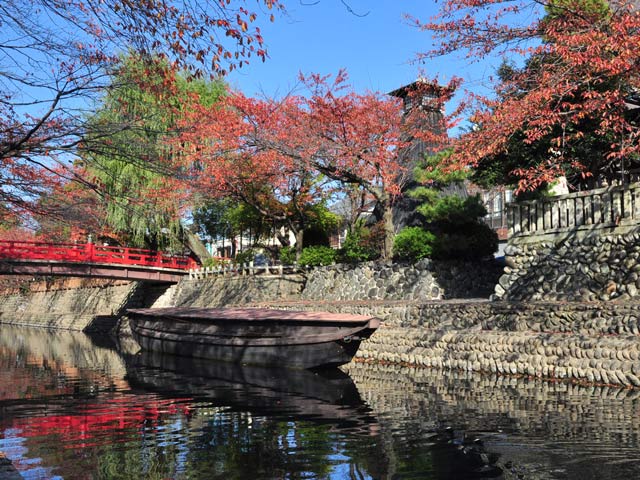
It was once the site of the port of the Suimon River, where many supplies and people traveled to and from Kuwana and Ogaki. It is also known as the place of Musubi, where the poet Matsuo Basho completed his journey through Oku no Hosomichi, and is said to have gone down from here to Kuwana, with a chant of "Kura no Futami to another line of autumn". At present, the image of the time remains quiet. As a place that conveys the beauty of the back and forth while inheriting the landscape that Matsuo Basho expressed in the Japanese literary book "Oku no Hosomichi", it has a high value in appreciation. It was designated as a national name victory.
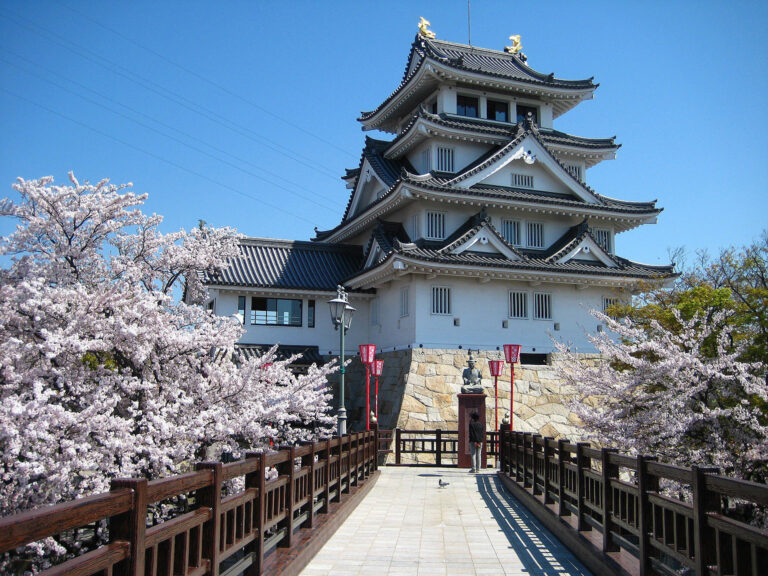
Sumimata Overnight Castle is said to have been built overnight by Toyokiro Kinoshita (Toyotomi Hideyoshi). The ruins of the castle include a historical museum in the style of a castle tower. Cherry blossoms and hydrangea are planted on the banks of the Sai River, which is also known as the "cherry embankment and hydrangea highway".
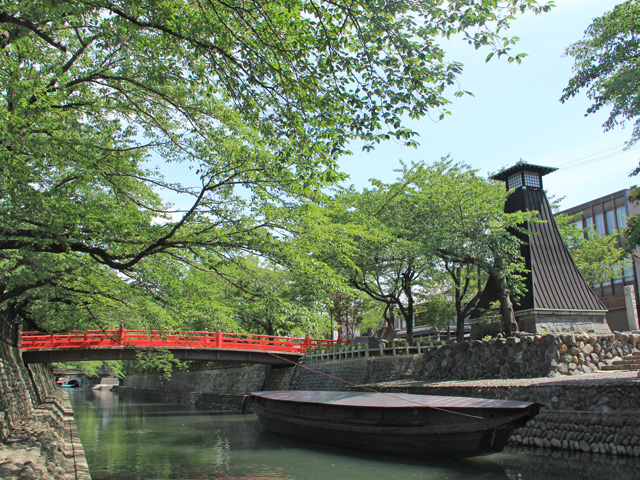
It is the place where Matsuo Basho completed his "Oku no Hosomichi" journey, and a clam mound is built with the channeled phrase "Kura no Futami ni Wakare Gyo Akizo". It is also the site of the port of Funamachi, which once flourished as a base for water transportation linking Ogaki and Kuwana, and a boat floating on the Suimon River and Sumiyoshi Rodai are a reminder of the time. There is also the "Oku no Hosomichi Musubi no Ji Memorial Hall" nearby, where you can learn about the deep involvement between Basho and Ogaki.
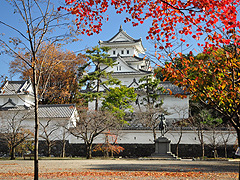
It is said to have been founded in Astronomy 4 (1535). During the Battle of Sekigahara, it became the home of the Western Army. Gifu Castle and Mount Ibuki can be seen from the elegant castle tower in the four-tiered, four-story, total-painted-up style.
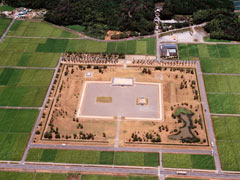
Tenpō 13 (741) Among the sites of Kokubunji, which were built at 68 locations throughout the country by Emperor Shōmu's Imperial Court, the entire temple area remains one of the best in the nation. The Shichido Gagai, such as the South Gate, Chumon, Kindō, Auditorium, Corridor, and Nanae Pagoda, which were once built in the area of the temple area 2 in the town square (4ha), are planed in the position and scale of the time with foundation stones, hedges, etc. The adjacent Historical Folk Museum (entrance fee of 100 yen, free under the age of 18) introduces the history of Kokubunji with excavated items and models such as pillars and tiles.
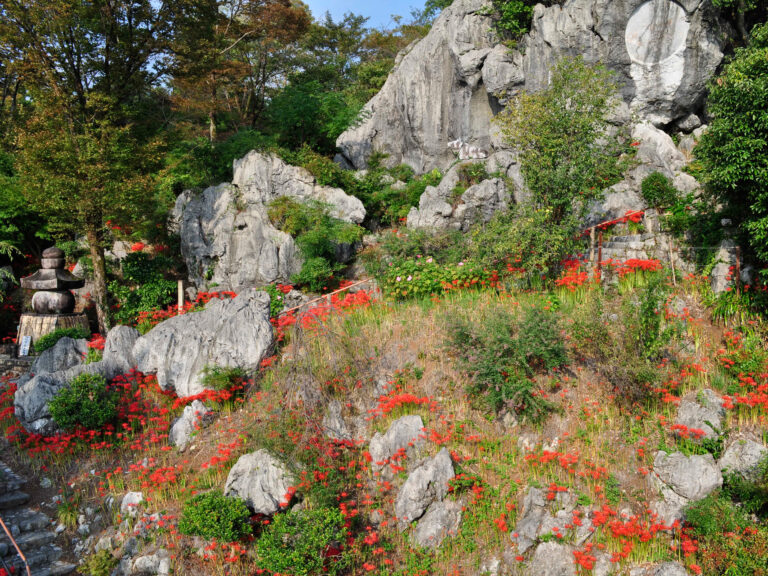
Around the Meisei-Rin-ji Temple on the summit of Mount Kinseongsan, the rare land-dwelling himebotaru, also known as the mountain firefly, is inhabited. The himebotaru, which is also a designated natural monument in Ogaki City, emits a strong light at midnight. It is forbidden to enter at night other than the two days of the observation party "Kinseuyama Himeijoo".
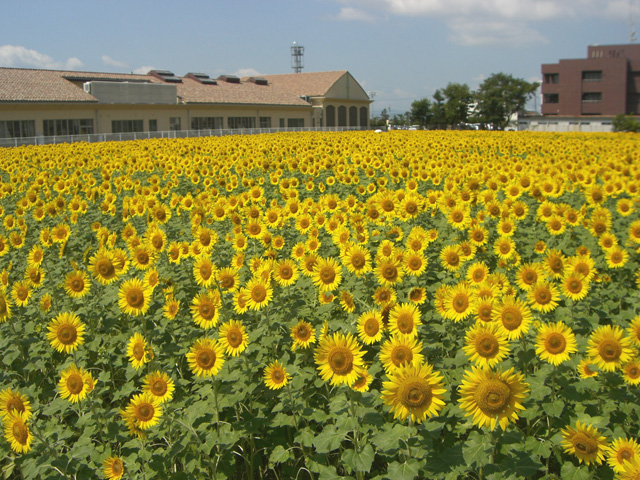
A sunflower field that has been implemented every year since 1990, using fallow fields.
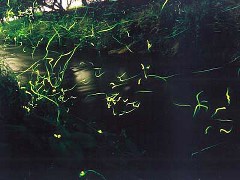
The kind is Genji Firefly; the city's natural monument designation; it is reportedly named and protected by the Ōgaki feudal lord, Toda Shitetsu, after entering the castle of Ogaki, after the castle of Ogaki.
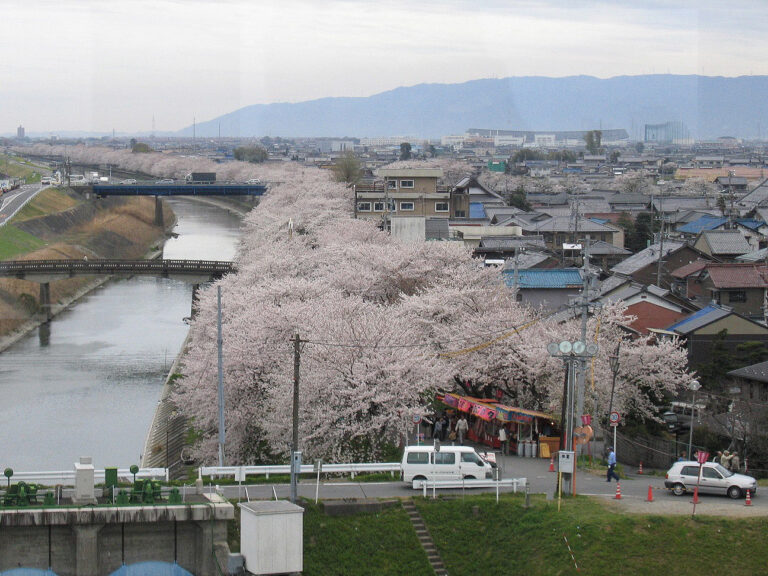
About 800 cherry trees bloom on the banks of the Sai River, which flows along the northern and eastern ends of Sumimata town, for about 3.7km. From the observation deck of the nearby Sumimata overnight castle, you can see the cherry trees lined with the banks.
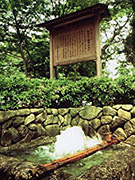
Ogaki City is rich in groundwater and is called the "water city", and once every home had a self-injection well (a well that blows out naturally without pumping). It is this well that is still self-injected with good quality groundwater and is also selected as the "Heisei no Meisui Hyakusu", which is always full of people who come to fetch water.











